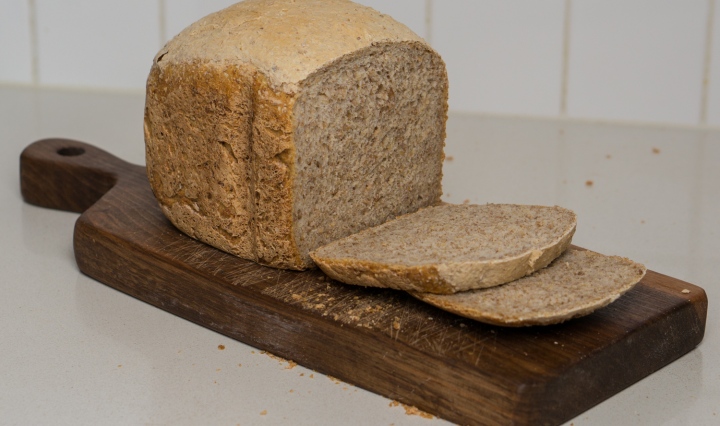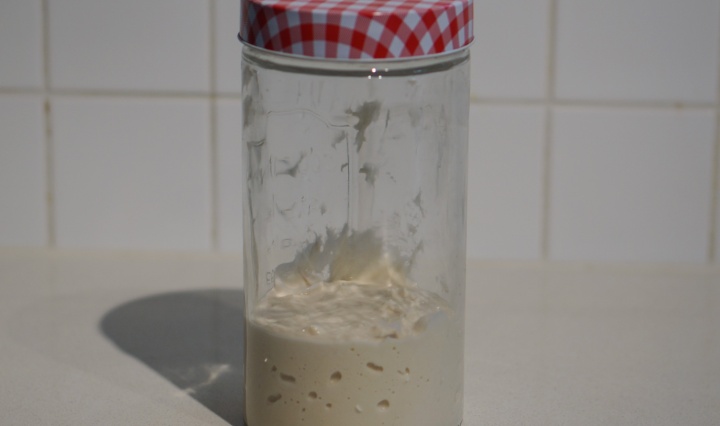The types of flour available in Italy are different, or at least labeled differently, from flour available elsewhere. Two types, farina di grano tenero 00 and semola di grano duro rimacinata are available more and more outside of Italy because we like to use them to make pizza and pasta. Grano tenero means soft wheat and is used for pastries. Even though it is referred to as tenero in Italy, farina 00 can be high-gluten to use for pizza or fresh egg-based pasta as well as low-gluten to be used for cakes. Grano duro means hard wheat (durum wheat) and is used for dry pasta as well as water-based fresh pasta in Southern Italy. If you buy flour that is labelled as ‘all purpose flour’, you don’t really know what kind of flour it is. It probably has low gluten and then will be unsuitable for making pizza or pasta. For making bread with a long rising time such as ciabatta, flour with a very high amount of gluten is used in Italy. This flour is called farina Manitoba, and is named after the province in Canada where this wheat is being produced. The high amount of gluten makes it ‘strong flour’, which means that the dough can rise better.
I haven’t found a source for Manitoba flour in the Netherlands, but I was curious about the difference with bread flour as it is available here and so brought a bag of farina Manitoba from Italy. I used to farina Manitoba to bake ciabatta bread for the first time, and I was very pleased with the result. For ciabatta the long rise is crucial to give it the characteristic airy texture and crispy crust. I’ve based the recipe on that of GialloZafferano.it. It is interesting to note that three different types of flour are required to make ciabatta: 00, manitoba, and semolina. The latter is used as a ‘gluten coat’ for the rising and for the crust. Continue reading “Homemade Ciabatta”











